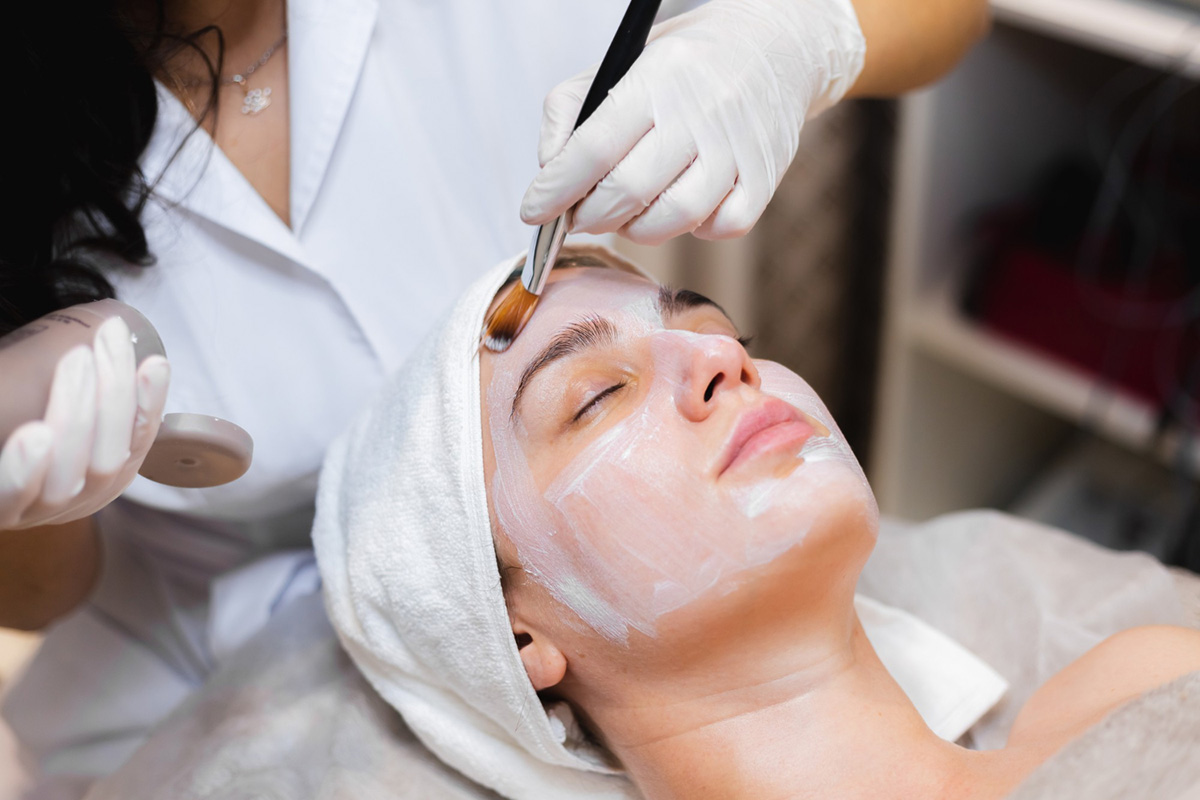Setting Realistic Goals for Your Chemical Peel

If you are someone who is interested in improving the texture, tone, and appearance of your skin, you’ve likely heard of chemical peels. Chemical peels are a type of skin treatment that use chemicals to exfoliate the outermost layer of skin, revealing a fresh, new layer underneath. They can be a great way to reduce the appearance of fine lines and wrinkles, fade age spots, and even improve acne and acne scarring. However, it’s important to set realistic goals for your chemical peel to ensure you achieve the results you’re looking for.
Understand What Your Skin Needs
Before jumping into a chemical peel treatment, it’s important to assess your skin type and understand what your skin needs. Different chemical peels work best for different skin types and conditions. For instance, people with sensitive skin should opt for a milder chemical peel, while those with oily or acne-prone skin may benefit from a stronger peel. A certified dermatologist or esthetician can help you determine which peel is right for your skin type.
Know the Side Effects
Like any cosmetic treatment, chemical peels come with potential side effects. Some peels may result in redness, flaky skin, or light peeling. More aggressive peels may result in significant peeling and discomfort. However, these side effects are temporary and typically subside within a few days. It's important to ask your esthetician or dermatologist about possible side effects, so you know what to expect and how to manage them.
Have Realistic Expectations
It’s important to have realistic expectations when considering a chemical peel. Don’t expect the wrinkles and age spots to vanish overnight. Instead, understand that a chemical peel may take multiple sessions to obtain the desired results. Chemical peels are typically not a one-time solution, but instead a process that requires patience and persistence.
Commit to Aftercare
To ensure that your chemical peel is successful and minimizes possible side effects, it’s important to follow proper aftercare instructions. This may include avoiding prolonged exposure to sunlight, using gentle cleansers and moisturizers, and refraining from picking or scratching your skin. Committing to aftercare is just as important as undergoing the chemical peel treatment itself.
Consult a Professional
Finally, the most important step in achieving successful results from your chemical peel is consulting with a professional. Since there are different types of chemical peels, you want to ensure that you get the right peel for your skin type and conditions. By consulting with a dermatologist or esthetician, you are getting the guidance and support you need to achieve the results you’re looking for.
Conclusion
Chemical peels can be a great way to achieve a brighter complexion and reduce the signs of aging, acne, and other skin conditions. By setting realistic goals, understanding the side effects, having appropriate expectations, committing to aftercare, and consulting with a professional, you can achieve the best possible results from your chemical peel. If you’re interested in a chemical peel treatment in Windermere, FL, don’t hesitate to reach out to an experienced professional for guidance and support.